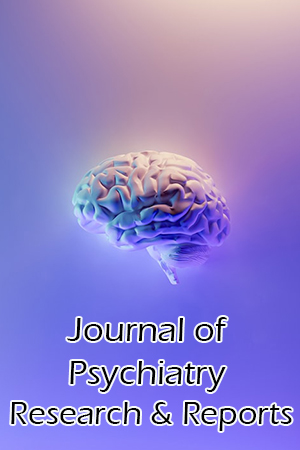Emotion Recognition Deficits: A Narrative Review
Tiffany Field.
Much of the current literature on emotion recognition is focused on emotion recognition deficits. Typically, the emotion stimuli used to assess emotion recognition have been static or dynamic faces or the Ekman collection of 60 faces and the ability to label these correctly. Only a few studies have appeared on vocal emotion recognition. In this narrative review, research on emotion recognition that was published in 2024-2025 is briefly summarized. Typically, the basic emotions including happy and sad have been recognized by focusing on the lips and lower face as these are the salient features of those emotions and fear is often expressed by the eyes and upper face. Several clinical conditions have compromised emotion recognition ability including alexithymia (difficulty recognizing, expressing and describing emotions), cognitive impairment, callous – unemotional behavior traits, attention deficit hyperactivity disorder (ADHD), autism, internalizing behavior and depression, bipolar disorder, Parkinson’s, multiple sclerosis, and post – stroke. Other risk factors/predictors of emotion recognition deficits include intergenerational transmission of the problem, low cognitive stimulation in early development and emotion dysregulation. Potential underlying biological mechanisms that have been studied include estrogen, neural correlates, involvement of the amygdala and genetic mechanisms. Interventions have included vagal stimulation, dopamine and oxytocin. This literature has been limited by the more frequent sampling of children and individuals with clinical conditions and by the most frequent presentation of static rather than dynamic facial expressions that are more representative of the emotions experienced in real life.

